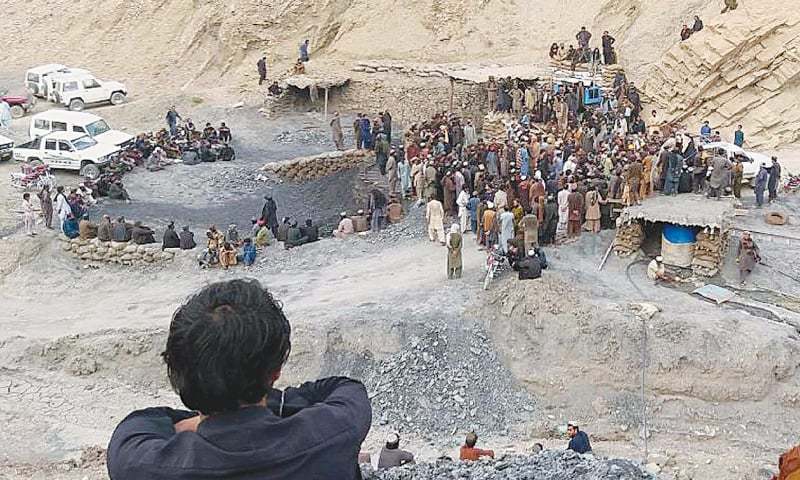PESHAWAR: The Khyber Pakhtunkhwa government has planned massive reforms in several sectors of economy in the merged tribal districts to foster ease-of-doing business and create conducive business environment.
The plan is based on the recommendations jointly prepared by the Small and Medium Enterprise Development Authority (Smeda) with the help of UNDP and USAID.
According to the plan, the government has identified several thematic areas and sectors for reforms to fill policy gaps and spur economic growth in the region formerly known as Fata.
The medium and short-term interventions will be carried out in sectors including mines and minerals, agricultural businesses, transport, trade and services and light engineering due to their significance and economic growth potential in merged tribal districts.
The officials insist that the region’s economy can be significantly strengthened by the use of its rich mineral wealth.
Interventions will be carried out in mineral, agriculture, transport, trade, light engineering sectors
According to official documents, there are significant mineral resources such as coal, copper, marble, limestone, soapstone, manganese, iron, copper and gypsum in addition to oil and gas available in these areas, it said, adding that marble, manganese, chromite and emerald are found in Bajaur tribal district, while Mohmand tribal district is rich in marble, chromite, silica sand, dolomite, manganese, quartz, feldspar and emeralds.
Similarly, Khyber tribal district is rich in marble, barite, graphite, soapstone, limestone, oil, gas and bastnaesite (rare earth mineral) and Orakzai region has coal, iron ore and oil and gas while Kurram belt has soapstone, coal, marble, magnesite, iron ore, lead, oil and gas.
North Waziristan tribal district has huge resources of copper, gold, nickel, manganese, chromite, magnesite, granite (dimension stone) and oil and gas.
The officials said 19 minerals had been identified in merged areas for exploration.
They pointed out that mine lease allotments in the region were carried out through community meeting in the region, so personal rift of the community with investors could create hurdles for investment.
The officials said the immediate extension of the KP Mineral Governance Act, 2017, had been recommended to address the issue.
Regarding agri business, the documents show that only 8.3 per cent of 2.7 million hacters land of ex-Fata is cultivated putting tremendous pressure on farmland.
According to them, dependency on largely unskilled work force, low productivity and using outdated cultivation methods, lack of storage facilities are some of the factors for low agriculture activity in the area.
The plan includes the establishment of agricultural markets or vegetable and fruit markets in all districts of the province, setting up of cold chain, and training of farmers.
The officials said the transportation and trade in tribal districts were extremely restricted due to the underdeveloped road network and limited availability of cheaper and efficient public transport services and therefore, trade services were harder to function for business owners and service providers and thus, hampering business growth.
They said transportation sector, which was one of the main sources of employment in tribal districts, needed assistance to function effectively.
The officials said there was a proposal of setting up rest areas at a distance of 100 kilometers, provision of internet and electricity at border crossings, building facilities for container handling and storage and setting up tourism sites across the region.
Regarding light engineering sector, they said there was huge potential for light engineering sector since it required low initial investment and SME owners could start-up businesses without incurring major borrowings from financial institutions.
They said the merged tribal areas had significant potential for the development of light engineering sector especially in the areas of agricultural tools, spare parts for automobile industry, mining equipment and hydropower equipment.
The officials said the government could improve the situation with introduction of a development project like Pakistan-Holland Metal Project or Pak-Swiss Light Engineering project with district specialising in a certain product range like OVOP of China and Thailand.
Published in Dawn, November 29th, 2020














































